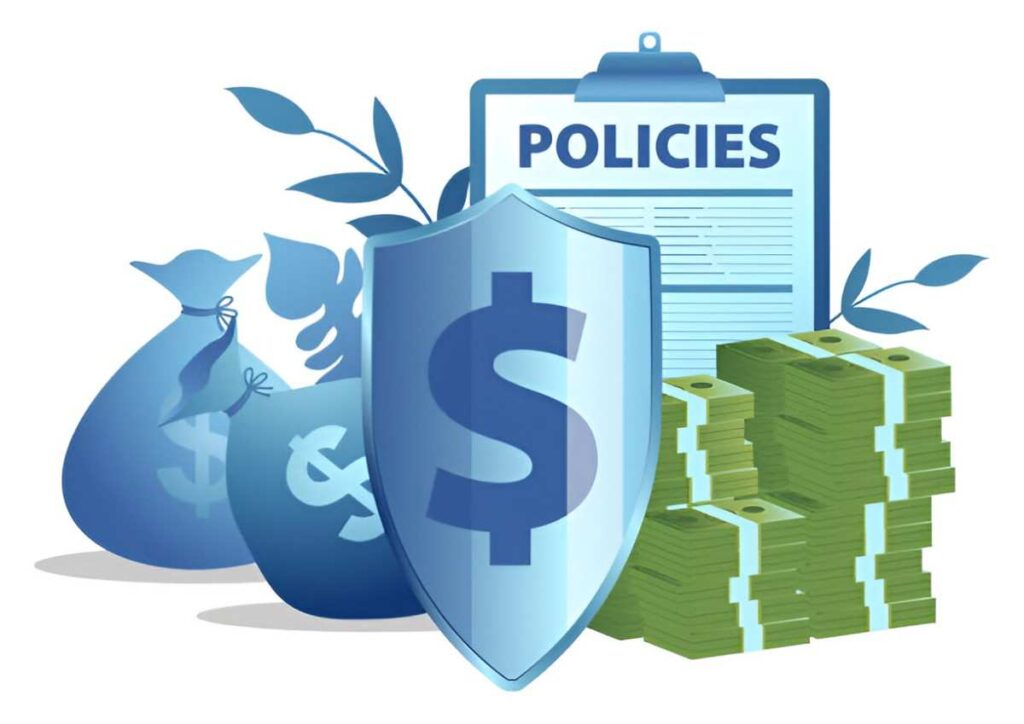Introduction
Premium income plays a crucial role in the financial stability of many businesses, especially in insurance, subscription-based models, and service industries. But what exactly is premium income, and how does it function as a revenue stream? In this article, I will break down the mechanics of premium income, explore its various forms, and analyze how businesses leverage it for sustainable growth.
Table of Contents
What Is Premium Income?
Premium income refers to the payments a business receives in exchange for providing a service, coverage, or exclusive access. The term is most commonly associated with the insurance industry, where customers pay premiums to secure protection against risks. However, premium income extends beyond insurance—it includes subscription fees, membership dues, and even licensing costs.
Key Characteristics of Premium Income
- Recurring Nature: Premium income is often collected periodically (monthly, quarterly, or annually).
- Predictability: Businesses can forecast revenue with reasonable accuracy.
- Risk-Based Pricing: In insurance, premiums correlate with the likelihood of claims.
Types of Premium Income
1. Insurance Premiums
Insurance companies charge premiums to policyholders in exchange for risk coverage. The premium amount depends on factors like risk exposure, coverage limits, and deductibles.
Example Calculation: Auto Insurance Premium
Suppose an insurer calculates a driver’s premium based on the following:
- Base Rate: \$500
- Age Factor (Under 25): 1.2
- Driving Record (1 Accident): 1.1
- Vehicle Type (Sports Car): 1.3
The total premium would be:
\text{Premium} = 500 \times 1.2 \times 1.1 \times 1.3 = \$8582. Subscription-Based Premiums
Companies like Netflix and Spotify rely on subscription models where users pay recurring fees for access.
| Service | Monthly Fee | Annual Revenue per User |
|---|---|---|
| Netflix | $15.49 | $185.88 |
| Spotify Premium | $9.99 | $119.88 |
3. Membership Fees
Organizations like Costco and Amazon Prime generate premium income through membership fees.
| Membership Tier | Annual Fee | Benefits |
|---|---|---|
| Costco Gold Star | $60 | Bulk discounts, rewards |
| Amazon Prime | $139 | Free shipping, streaming |
How Businesses Utilize Premium Income
Risk Pooling in Insurance
Insurance companies use premiums to create a pool of funds that cover claims. The fundamental principle is:
\text{Total Premiums Collected} \geq \text{Total Claims Paid} + \text{Operating Expenses}If an insurer collects \$10\text{M} in premiums and pays \$7\text{M} in claims with \$2\text{M} in expenses, the underwriting profit is:
\text{Profit} = 10\text{M} - (7\text{M} + 2\text{M}) = \$1\text{M}Reinvestment and Growth
Businesses reinvest premium income to enhance services or expand coverage. For example, a health insurer might use excess premiums to develop telemedicine platforms.
Challenges in Managing Premium Income
1. Adverse Selection
High-risk customers are more likely to purchase insurance, increasing claim payouts. Insurers mitigate this by adjusting premiums or imposing coverage limits.
2. Regulatory Compliance
Insurance premiums are subject to state regulations in the U.S., requiring actuarial justification for rate changes.
3. Customer Retention
Subscription-based businesses must continuously deliver value to prevent cancellations. A 5% churn rate can significantly impact long-term revenue.
Comparing Premium Income to Other Revenue Streams
| Revenue Type | Predictability | Recurring? | Risk Exposure |
|---|---|---|---|
| Premium Income | High | Yes | Moderate |
| One-Time Sales | Low | No | Low |
| Advertising Revenue | Variable | Sometimes | High |
Future Trends in Premium Income Models
1. Usage-Based Insurance (UBI)
Telematics devices track driving behavior, allowing insurers to adjust premiums dynamically.
2. Tiered Subscriptions
Businesses offer multiple membership levels (e.g., Basic, Premium, Enterprise) to cater to different customer segments.
3. Micro-Premiums
Some companies experiment with small, frequent payments (e.g., \$0.99/day) instead of large annual fees.
Conclusion
Premium income serves as a backbone for industries that rely on recurring revenue. Whether through insurance policies, subscriptions, or memberships, businesses must balance pricing, risk, and customer satisfaction to sustain profitability. By understanding these dynamics, companies can optimize their revenue streams while delivering consistent value to customers.





